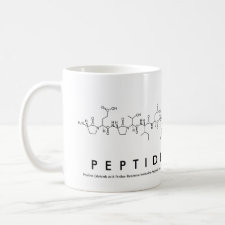
Authors: Hu LY, Orwoll RA
Article Title: Molecular Imprinting by 4-Hydroxybenzoic Acid: A Two-Site Model.
Publication date: 2010
Journal: Separation Science and Technology
Volume: 45
Issue: (16)
Page numbers: 2337-2344.
DOI: 10.1080/01496395.2010.491811
Alternative URL: http://www.informaworld.com/10.1080/01496395.2010.491811
Abstract: 4-Hydroxybenzoic acid (4HBA) imprinted polymer was synthesized with the functional monomer, acrylamide, and the crosslinking agent, ethylene glycol dimethacrylate, in acetonitrile. Hydrogen bonding between the template and the monomer not only controls the template molecules in and out of the binding sites, but also contributes to special binding sites in the resulting polymer resin. Batch analyses showed that the 4HBA-imprinted polymer has a special affinity for the para-substituted hydroxybenzoic acid, but not for its meta-substituted isomer (3HBA), nor for benzoic acid (BA). The binding behavior of 4HBA can be interpreted with a simple two-site model with one kind of site in the resin being special for 4HBA and the other kind being general with similar affinities for 4HBA, 3HBA, and BA. These general binding sites found in both the imprinted resin and the non-imprinted reference resin have greater affinity, but are less numerous than the sites unique to the imprinted resin
Template and target information: 4-Hydroxybenzoic acid, 4HBA
Author keywords: 4-hydroxybenzoic acid (4HBA), binding affinity, hydrogen bonding, molecular imprinting, two-site model



Join the Society for Molecular Imprinting

New items RSS feed
Sign-up for e-mail updates:
Choose between receiving an occasional newsletter or more frequent e-mail alerts.
Click here to go to the sign-up page.
Is your name elemental or peptidic? Enter your name and find out by clicking either of the buttons below!
Other products you may like:
 MIPdatabase
MIPdatabase









